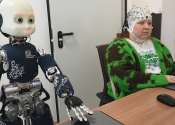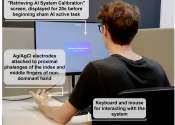Fast, flexible ionic transistors for bioelectronic devices
Many major advances in medicine, especially in neurology, have been sparked by recent advances in electronic systems that can acquire, process, and interact with biological substrates. These bioelectronic systems, which are ...
Feb 27, 2019
0
153









